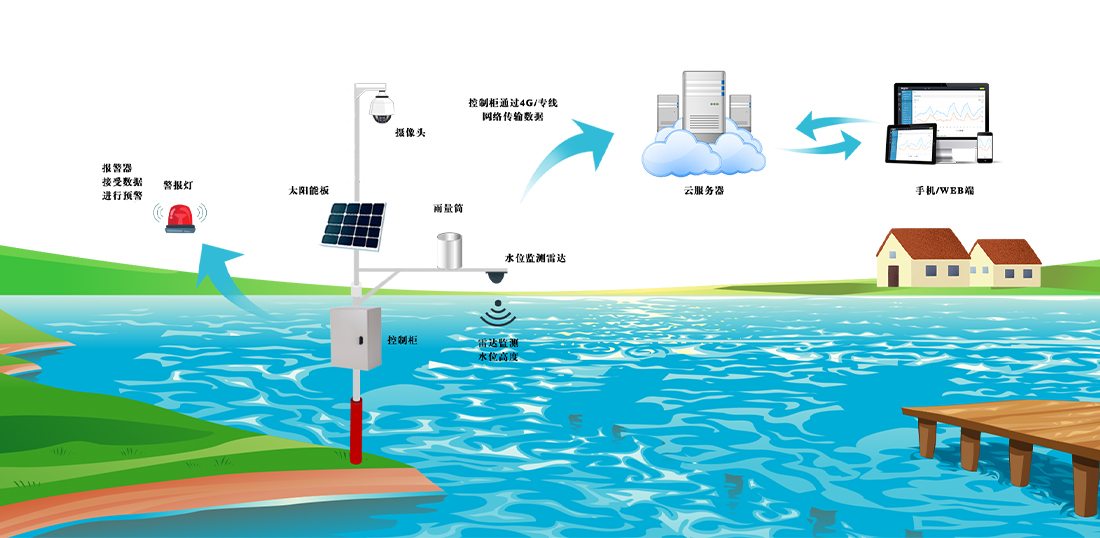
News and Information
The Ministry of Water Resources deploys the implementation of a three-year action plan for the integrated monitoring and sensing system construction of rivers, lakes, and reservoirs.
Release Time:
2025/07/22
 To thoroughly implement General Secretary Xi Jinping's water management approach of "prioritizing water conservation, balanced spatial planning, systematic governance, and dual efforts," and his important discourse on water management, solidly promote the construction of digital twin water conservancy, and apply technologies such as satellite remote sensing, video surveillance, drones, and Beidou to strengthen spatial control of river, lake, and reservoir shorelines, the Ministry of Water Resources recently issued the "Three-Year Action Plan for the Construction of an Integrated Monitoring and Perception System for Rivers, Lakes, and Reservoirs (2025–2027)."
To thoroughly implement General Secretary Xi Jinping's water management approach of "prioritizing water conservation, balanced spatial planning, systematic governance, and dual efforts," and his important discourse on water management, solidly promote the construction of digital twin water conservancy, and apply technologies such as satellite remote sensing, video surveillance, drones, and Beidou to strengthen spatial control of river, lake, and reservoir shorelines, the Ministry of Water Resources recently issued the "Three-Year Action Plan for the Construction of an Integrated Monitoring and Perception System for Rivers, Lakes, and Reservoirs (2025–2027)."
The action plan adheres to demand-driven, application-first, digital empowerment, and capacity enhancement principles. By implementing a nationwide survey of basic river and lake conditions, improving the data foundation for river and lake management, developing and applying intelligent river and lake models, normalizing intelligent satellite remote sensing monitoring, conducting retrospective verification of remote sensing patches of river, lake, and reservoir features, real-time video surveillance capture, regular drone inspections, and intelligent regulation of river sand mining, it aims to build an integrated monitoring and perception system for rivers, lakes, and reservoirs that connects front-end sensing, platform aggregation, and information application throughout the entire process. This system will achieve full coverage, multi-feature, high-frequency, high-precision, and long-term dynamic monitoring of rivers, lakes, and reservoirs. The goal is that by 2027, a monitoring and perception network primarily based on satellite remote sensing, supplemented by video surveillance and drones, will be basically established, covering the entire chain of monitoring, analysis, early warning, and response. It will enable full-process online management of issues such as the "four disorders" (illegal occupation, illegal extraction, illegal dumping, illegal construction), obstruction of river flood discharge, and encroachment on reservoir capacity through "discovery—analysis—early warning information push—response feedback."
More Information
2025-10-01








